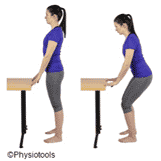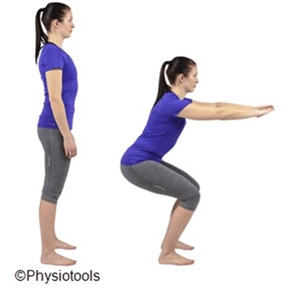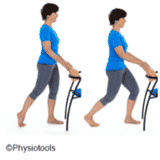What is Iliopsoas Syndrome?
Iliopsoas syndrome is irritation of the tendon or structures at the front of the hip joint. This can be caused by biomechanical factors such as overload of the tendon at the front of the hip (iliopsoas) combined with weakness of the muscles at the back of the hip (gluteal muscles). This is a similar process to the cause of lateral (outer) hip pain.



